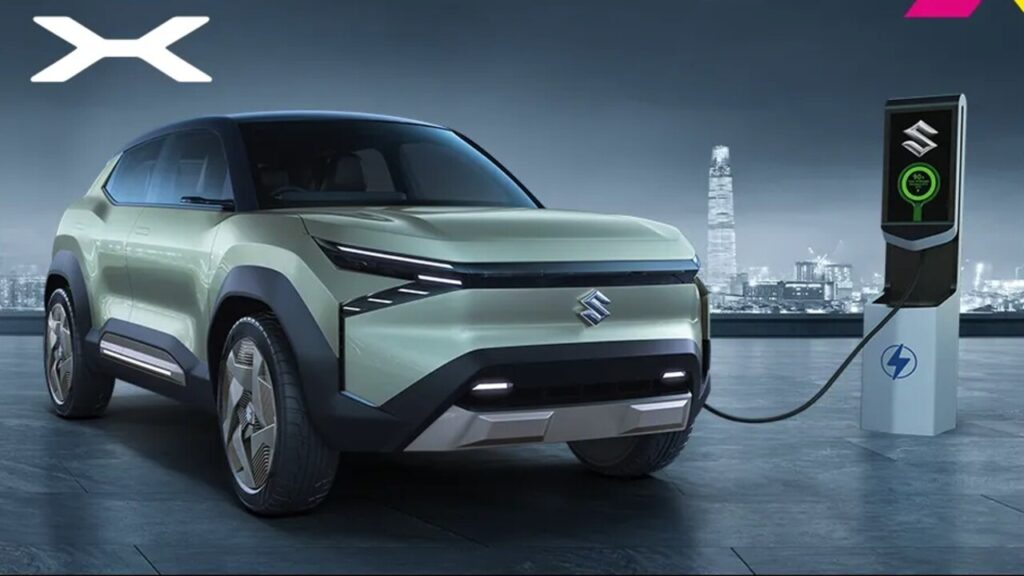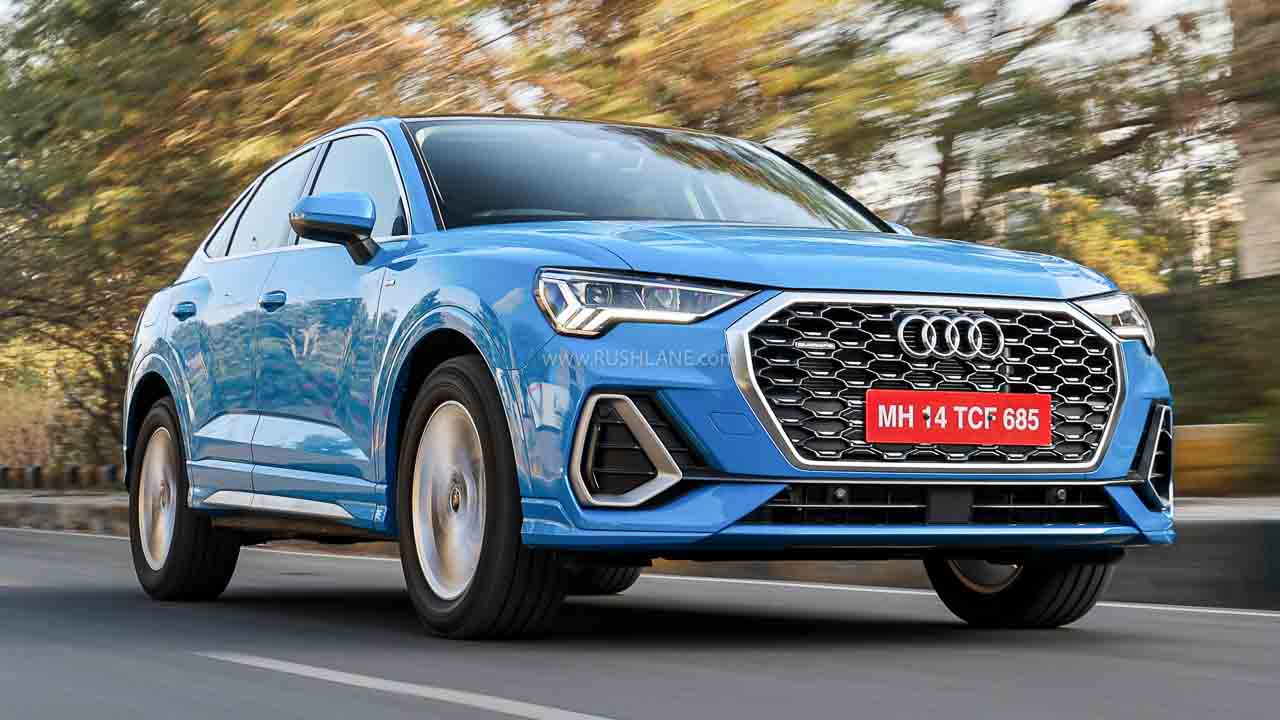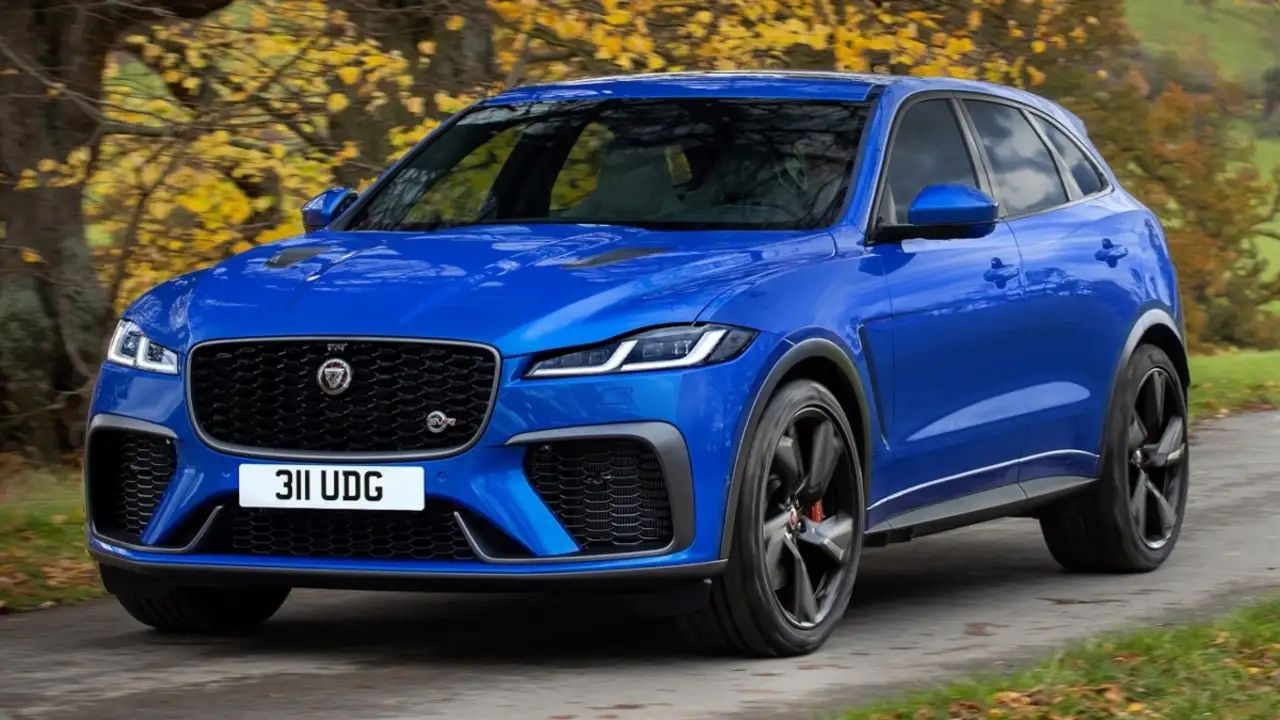Hop Electric, a prominent name in India’s growing electric vehicle (EV) sector, initially generated excitement with its electric two-wheelers, positioning itself as a potential contender in the clean mobility revolution. After successfully making waves with its range of electric scooters, the company announced its intentions to expand into the electric car market. However, despite high expectations, Hop Electric’s car project remains in the concept phase, leaving many to wonder when—and if—the company will deliver on its ambitious plans.
As the Indian automotive industry is rapidly transitioning towards electric mobility, numerous companies are competing to capture a share of the EV market. However, Hop Electric’s delay in transitioning from concept to reality has sparked curiosity about the obstacles the company is facing and whether it will eventually succeed in bringing its electric cars to market.
From Scooters to Cars: Ambitious Plans
Hop Electric made its mark with its line of electric scooters, which appealed to a wide range of urban commuters seeking sustainable transportation options. The company’s scooters offered affordability, practicality, and eco-friendliness—qualities that aligned well with the growing consumer demand for electric vehicles in India.
Building on its success in the two-wheeler space, Hop Electric set its sights on creating electric cars, aiming to tap into the rapidly expanding demand for electric four-wheelers. The company unveiled its plans to develop an electric car designed for the Indian market—affordable, efficient, and practical for everyday use. This concept generated a lot of excitement, particularly among consumers eager for more budget-friendly electric car options in India.
Delays in Development and the Roadblock to Mass Production
Despite the initial buzz, Hop Electric’s electric car project has yet to move beyond the concept phase. This delay has led to growing skepticism about the company’s ability to bring a production-ready vehicle to market. The automotive industry, especially in the electric vehicle segment, requires substantial investments in research, development, and infrastructure—challenges that may be contributing to the setbacks in Hop Electric’s plans.
Developing an electric car involves a complex set of challenges, including securing advanced technologies, setting up manufacturing facilities, and building a supply chain for crucial components like batteries. While Hop Electric has excelled in electric two-wheelers, transitioning to electric cars requires an entirely new level of investment and operational scaling, which may be contributing to the delays in their car project.

Rising Competition in the Electric Car Market
The electric vehicle market in India is seeing increasing competition, with established players such as Tata Motors, Mahindra Electric, and Hyundai already offering electric vehicles with varying price points, features, and range capabilities. Moreover, global automakers like MG Motor and Nissan have also entered the market, adding further pressure on emerging companies like Hop Electric.
Given this competitive landscape, Hop Electric must ensure that its car offering stands out in terms of price, technology, range, and consumer value. To compete with larger players, Hop Electric must move beyond the concept stage and deliver a vehicle that resonates with India’s growing EV consumer base. The longer the company stays in the conceptual phase, the more difficult it will be to carve out a market niche.
Challenges in Securing Funding and Resources
Another major challenge that Hop Electric is facing is securing the necessary funding and resources to accelerate its electric car project. Developing an electric car, especially at a price point that appeals to Indian consumers, requires considerable capital investment. This includes building new production facilities, procuring advanced EV components, and establishing a reliable distribution and service network.
As competition for funding increases, especially in the EV sector, many companies are finding it difficult to attract the level of investment needed to bring their projects to fruition. Hop Electric may be experiencing challenges in securing the necessary financial backing to transition from concept to production. Without significant investment, the company may struggle to meet its goals of entering the electric car market.
Consumer Interest and the Shift to EVs
The growing demand for electric vehicles in India presents a unique opportunity for companies like Hop Electric to capitalize on the shift toward greener transportation. Indian consumers are becoming more aware of the benefits of EVs, including reduced operating costs, environmental benefits, and government incentives. However, the adoption rate remains slower than expected, particularly in the electric car segment.
One of the key reasons for the slower adoption of electric cars is the still-limited charging infrastructure across India. While major cities are gradually seeing more charging stations, many rural and semi-urban areas remain underserved. For any new EV player, including Hop Electric, ensuring that consumers have easy access to charging stations is essential to driving adoption.
Furthermore, consumers in India are looking for electric cars that provide an ideal mix of range, affordability, and performance. Hop Electric’s proposed car will need to meet these expectations to convince consumers to make the switch from traditional internal combustion engine vehicles to electric alternatives.
What’s Next for Hop Electric?
As of now, Hop Electric’s electric car remains in the concept phase, but the company has not abandoned its aspirations. The path forward for Hop Electric lies in overcoming the significant hurdles it faces in production, funding, and competition. The company must focus on:
- Securing Investment: Hop Electric needs to attract strategic investors who can provide the financial resources necessary to scale up its car manufacturing operations. Investment in research and development will also be crucial to ensuring that the car meets consumer expectations.
- Building Manufacturing Infrastructure: Transitioning from electric two-wheelers to electric cars requires an overhaul of manufacturing capabilities. Hop Electric must invest in new facilities, skilled labor, and advanced technologies to meet production goals.
- Innovative Features and Consumer Education: The company must offer unique features in its electric car that appeal to Indian consumers, including an affordable price tag, long battery range, and fast-charging capabilities. Additionally, educating consumers on the benefits of EVs will help drive adoption.
- Fostering Strategic Partnerships: Collaborating with established players in the industry for supply chain management, component sourcing, and distribution could help Hop Electric gain the momentum needed to bring its electric car to market.
Conclusion
While Hop Electric’s electric car project is still in the concept phase, the company has the potential to make a significant impact in India’s EV market. However, it must navigate significant challenges related to funding, manufacturing, and competition. If Hop Electric can overcome these obstacles, it may soon become a key player in India’s electric car revolution.





